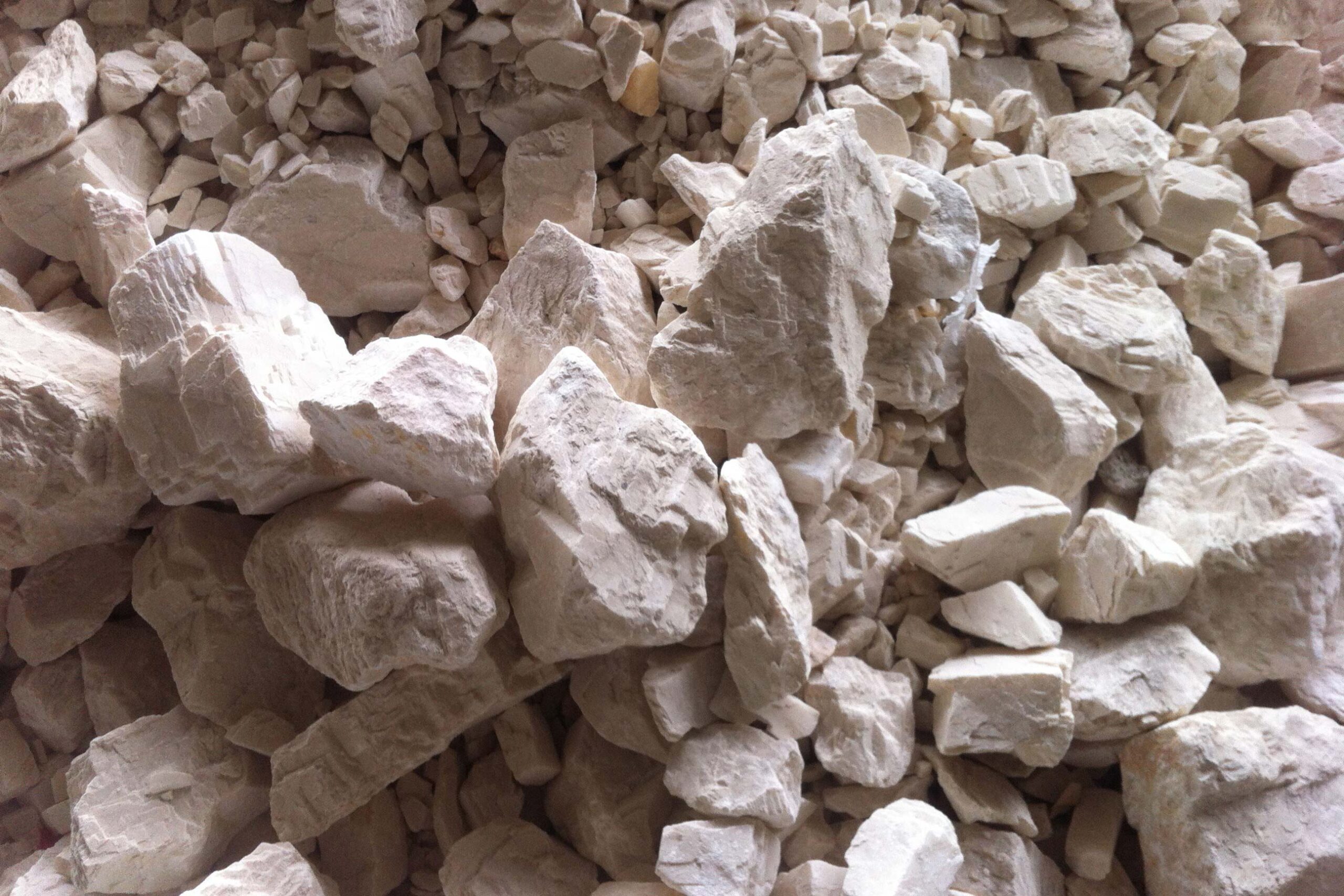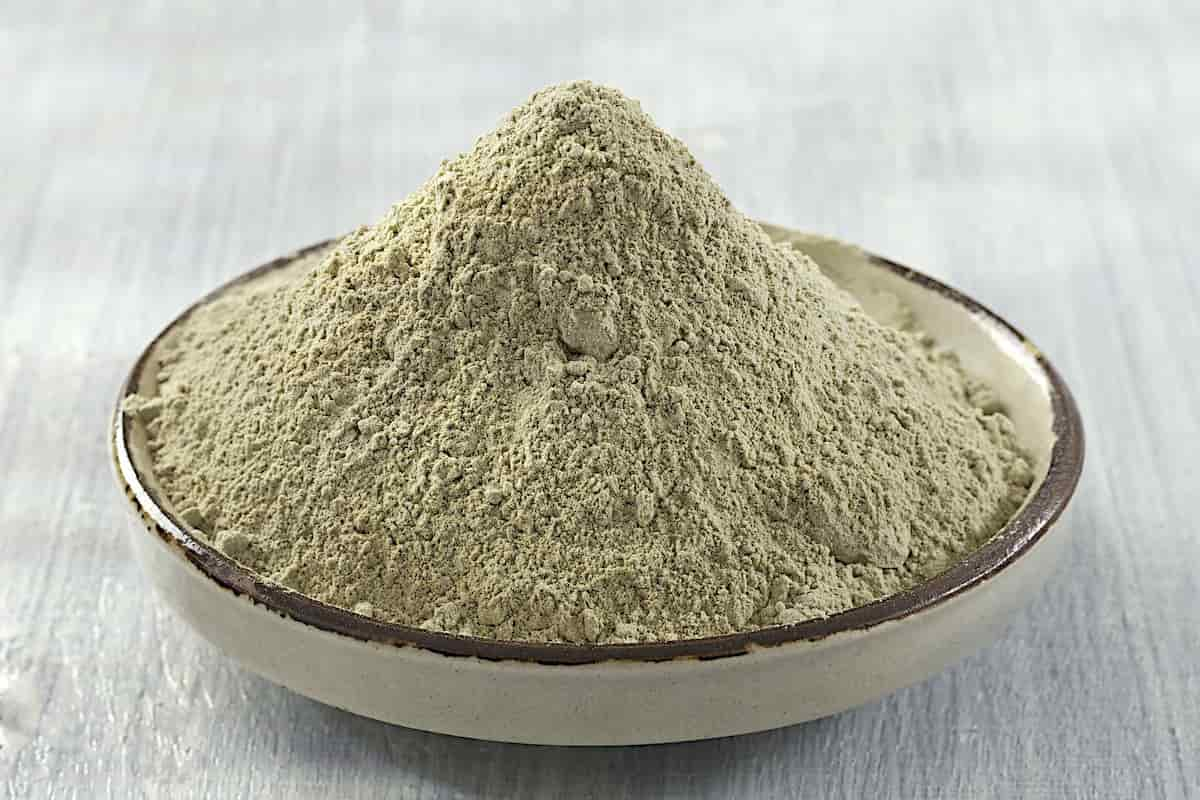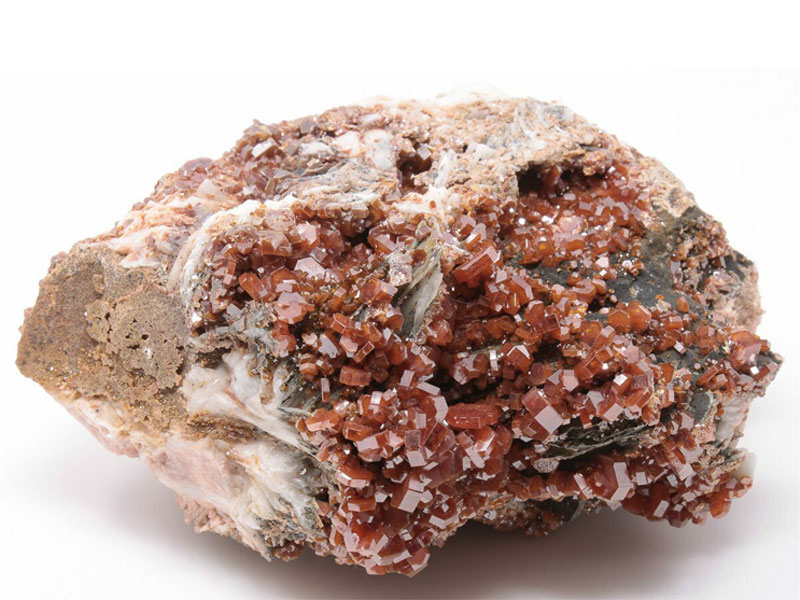Introduction
Barite, a mineral with a rich history and remarkable properties, has captured the attention of geologists, scientists, and even the beauty industry. In this comprehensive article, we will delve into the world of barite, shedding light on its intriguing characteristics, industrial uses, and geological significance.
What is Barite?
Barite, scientifically known as barium sulfate (BaSO4), is a naturally occurring mineral found in various geological settings. It derives its name from the Greek word “barys,” which means heavy, owing to its high density. Let’s uncover the unique properties of this mineral that make it stand out in the world of geology.
The Formation of Barite
Barite forms through a fascinating geological process. It primarily occurs in hydrothermal veins, sedimentary rocks, and as a gangue mineral in metallic ore deposits. The formation of barite involves a combination of chemical and physical processes, resulting in its distinctive properties.
Read More: Bentonite
Barite’s Physical Properties
Density and Weight
Barite is renowned for its exceptional density, making it one of the heaviest non-metallic minerals. Its density ranges from 4.1 to 4.6 grams per cubic centimeter, depending on impurities.
Color Variations
Barite exhibits a range of colors, including white, grey, blue, brown, and even colorless. This diversity in color is due to the presence of various impurities.
Cleavage and Fracture: The mineral typically displays perfect cleavage in one direction and exhibits a conchoidal fracture, which gives it a distinct appearance when broken.
Industrial Applications of Barite
Barite’s unique properties make it a valuable resource in several industries:
Oil and Gas Industry
Barite is extensively used in drilling muds in the oil and gas sector. Its high density helps control wellbore stability and prevent blowouts during drilling operations.
Read More: Kaolin
Medical Field
In the medical field, barium sulfate is employed as a contrast agent for X-ray imaging, aiding in diagnosing digestive system disorders.
Paint and Coatings
The pigment industry utilizes barite as a filler in paint and coatings due to its brightness and resistance to acids.
Geological Significance
Indicator of Ore Deposits: Geologists often use the presence of barite as an indicator of nearby metallic ore deposits.
Environmental Impact: Understanding the geological distribution of barite is crucial for assessing environmental impacts associated with mining activities.
The Versatility of Barite
Barite’s versatility extends beyond its industrial and geological uses. Its applications have also found their way into cosmetics and skincare products. The fine, powdered form of barite is a common ingredient in beauty products, acting as a mattifying agent and providing a silky texture.
Read More: Wikipedia
Conclusion
In conclusion, barite is a mineral of great importance, boasting a range of properties that make it indispensable in various fields. From its role in stabilizing oil wells to enhancing the clarity of medical X-rays, barite continues to demonstrate its value across industries.









